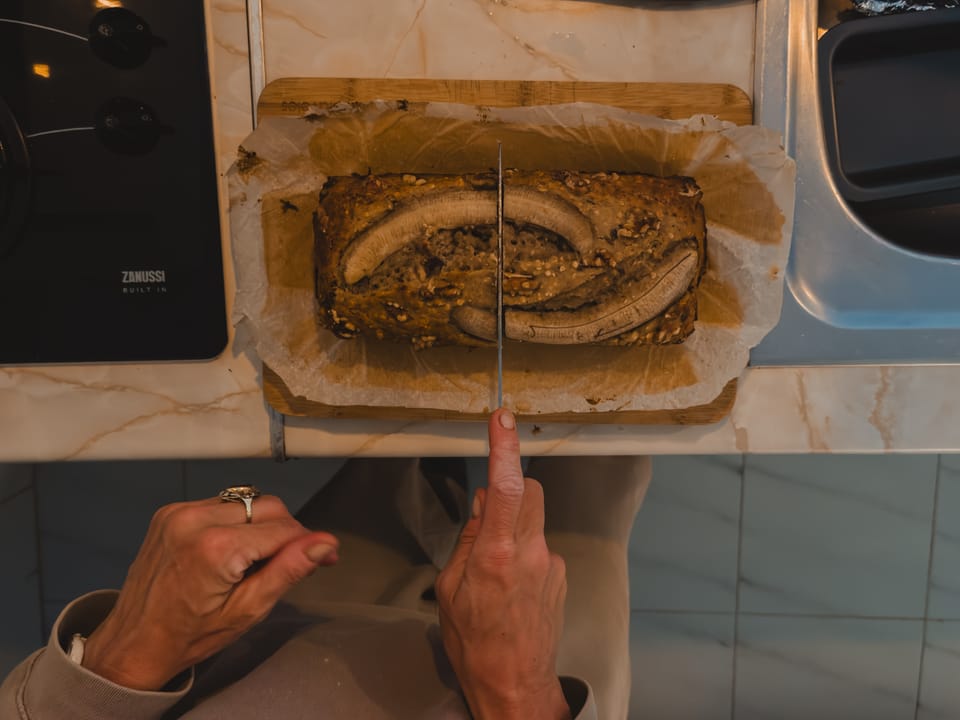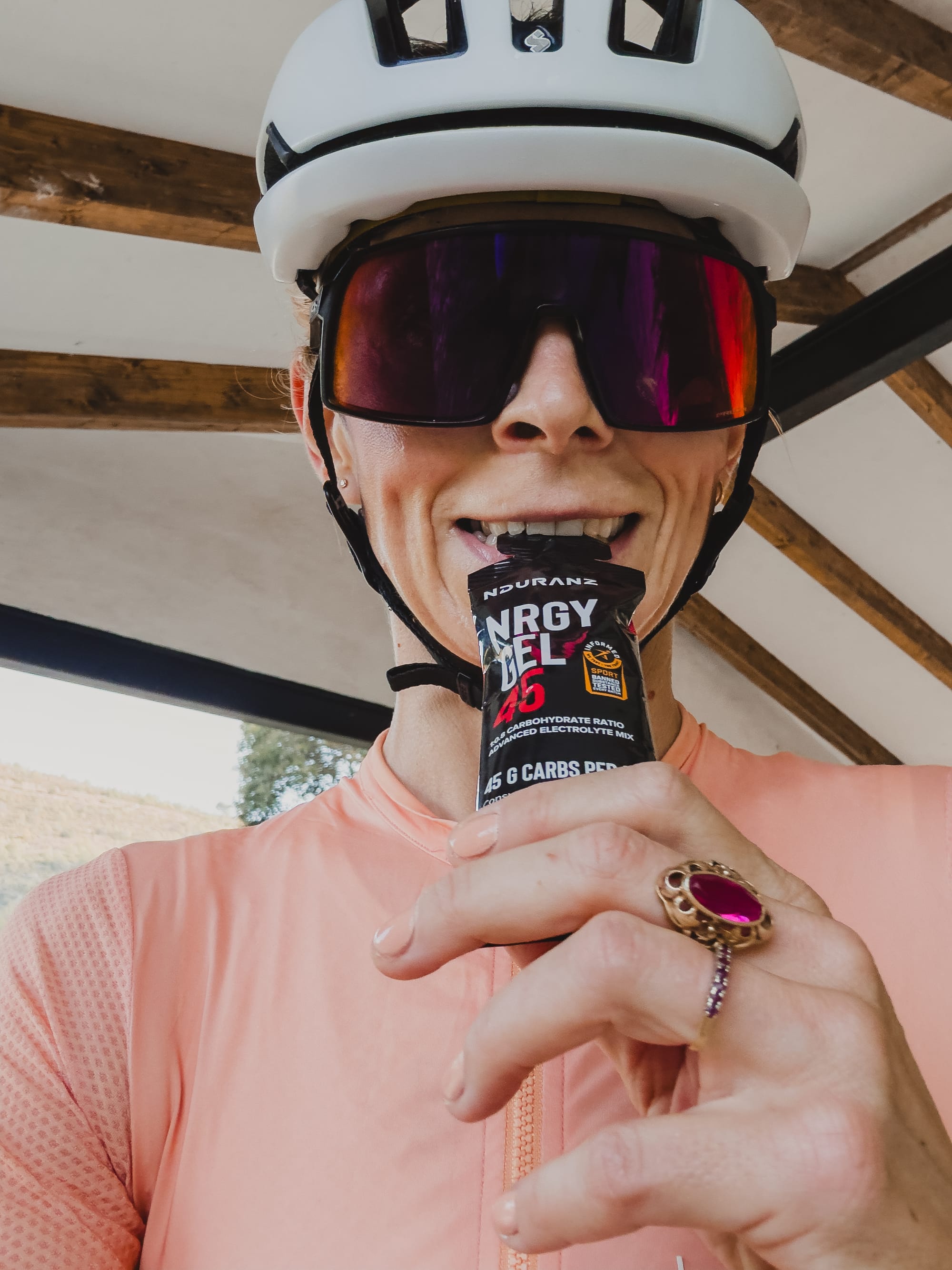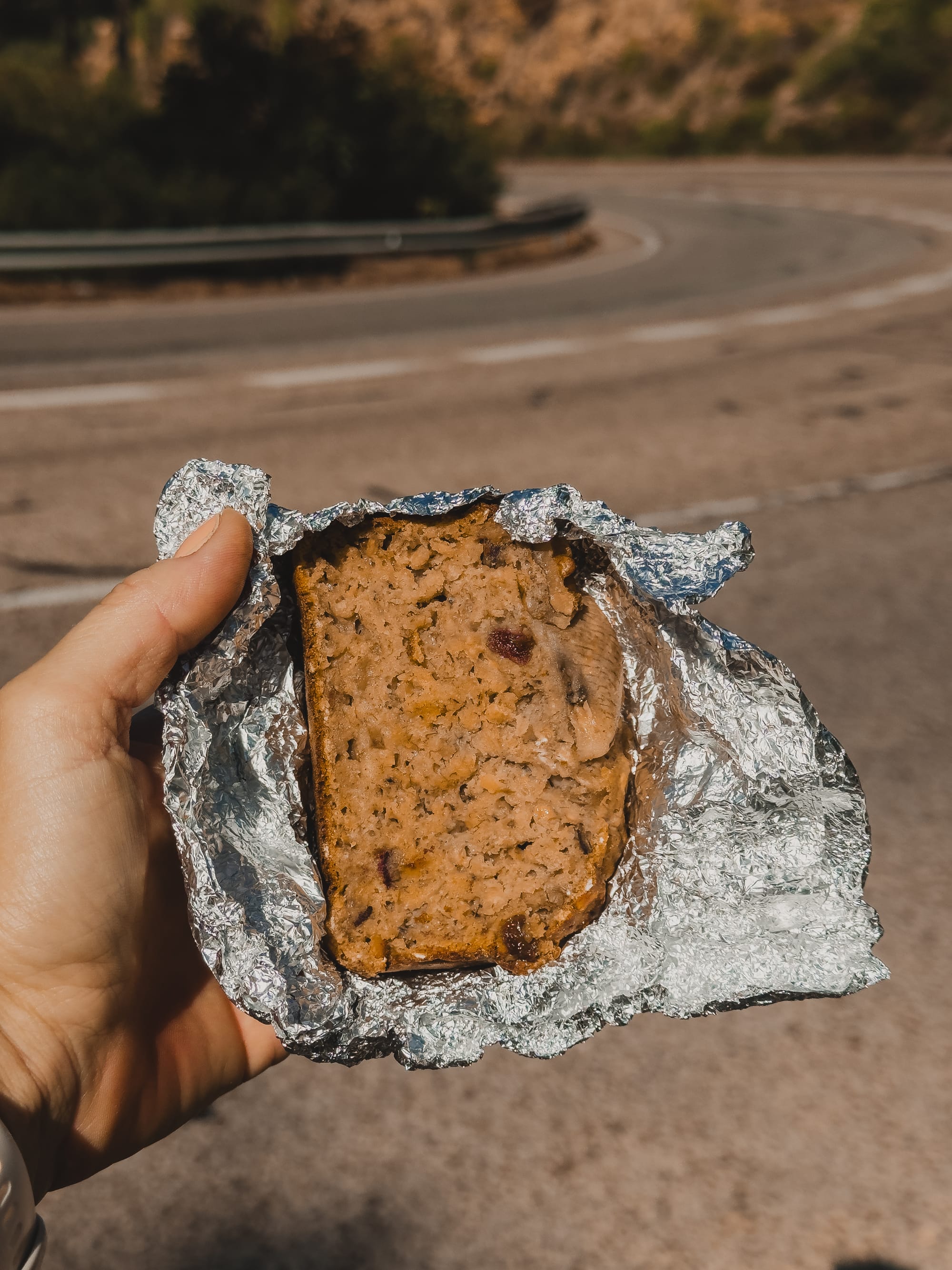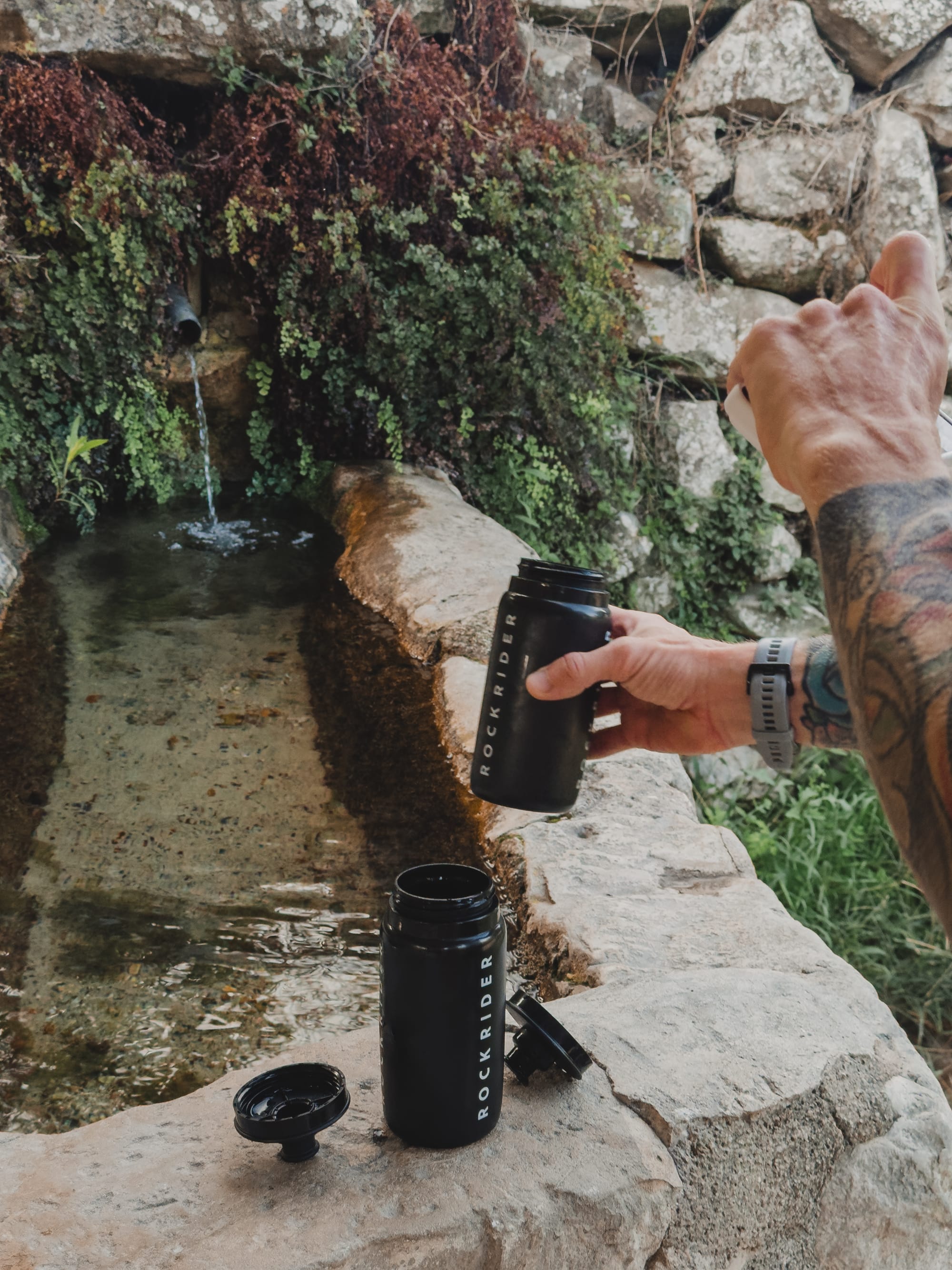Preparing for 211 km: Lessons in Nutrition, Fuel, and Joy

Last week we decided to ride 215 km for the sheer joy of it! Preparing for the first big ride in over a year felt so incredibly exciting. I could not wait to tune into the rhythm and spend the day, from sunrise to sunset, simply pedalling.
But I also felt a little nervous. While 200 to 300 km rides used to be part of my schedule before, life has a way of shifting priorities. Between work, moving countries and hand surgeries, I hadn’t ridden over 150 km in more than twelve months. Instead, I focused on a slow and structured build-up. One of my biggest lessons on the bike this year is surprisingly simple: you can never put too much thought into nutrition. If you don’t fuel enough on a ride, your body and your cognitive functions will suffer. You can have the best bike, the strongest mindset, but without proper fueling, the body will not be able to do its best. And for a 215 km ride, nutrition isn’t just a detail, it’s the deciding factor between finishing strong or feeling empty for days.
1. Start with Carbs
When you're riding for hours, your body leans heavily on carbohydrates. It is the primary and most effective nutrient it will use for energy production. During high-endurance rides, the carbs stored in our muscles and liver as glycogen get taxed quickly. Therefore, the food that we consume becomes even more important.

I know many of us struggle to eat on the bike. I used to as well. Most current cycling recommendations often land in the 60 to 90 g of carbs per hour range. I know I was not eating anywhere close to that amount. But this year, I decided to train myself and managed to consistently increase my carb intake to around 60 g per hour. For a long ride, I know I should do more because I will never be able to eat the amount of food needed from the activity after the ride, ending with large deficits.
2. Wholesome Homemade Banana Bread in my Pocket
I always try to start with the most natural ingredients and add things like gels on top. After the first banana in my pocket is eaten, the next best thing is homemade banana bread. There’s something heart-warming about unwrapping a piece of self-made treat during a ride, usually at a water stop.

Banana bread has become a staple in our kitchen: soft, easy to digest, carb-rich, and most importantly, real. I love the feeling of peace that comes from knowing exactly what goes into my food, and homemade things are always on my list. There are plenty of recipes out there; I would say, pick a basic one and adjust it to your taste or diet, whether it’s vegan, with nuts, different sorts of wheat, oats, or dried fruit.
3. Stopping for a Proper Lunch
Part of my joy in long-distance riding is the midway stop. Sitting down for a proper meal, in Spain usually a good “boc” (bocadillo or baguette sandwich), recharging, and resetting isn’t wasted time. What a great change from the usually sweet food we consume on the bike.
On this ride, our plan was simple: fuel before, eat consistently during, and then make space for a real lunch stop. A Spanish bocadillo in a small local cafeteria is like pressing reset for both body and mind. It restores glycogen, lifts the mood, and allows the second half of the ride to feel less like a grind and more like an adventure. It usually involves some small funny talk with the locals as well.
4. Am I Eating Enough?
One of the biggest challenges on long rides isn’t just what to eat, it’s knowing if you’ve eaten enough. Hunger cues are often unreliable and you may simply not feel hungry. You might feel fine until you suddenly don’t. A good check is energy and focus: if my legs feel heavy or my mind starts to fog, I call this “the funny feeling”, I know I’m behind.
I’ll admit, sometimes I’ve been overwhelmed by the sheer amount of food required during a ride. But the moment I made a conscious effort to eat more, everything changed. My body adapted. These days, I hardly ever come home “cleaning out the fridge”, and as a very natural effect of eating enough on the bike, I’ve stopped overeating after rides, an effect that can sometimes last for days.
Better nutrition and smarter energy management brought a surprising outcome. I managed to drop around 7 to 8 kg of excess fat, all while feeling like I’m eating everything I want and without the mindset of restriction that often creates the overeating yo-yo effect. My metabolism adapted to consistency, my training felt stronger, and for the first time in years, both my mind and body were happy.
I never thought I would say this, but tracking the calories I need, using The Athlete’s FoodCoach app, has been a huge change for the better in the way I eat, fuel, train. It also helped me to normalize my relationship with food. Initially, I had some resistance to “counting calories”, which reminded me of my unhealthy periods of restrictive eating in fitness and years of constant mental struggle with how much I ate. But quickly I started to discover that understanding how much the body needs, and how to best support it with fueling, created a new state. I felt more peaceful, more educated, and stronger on the bike.
For example, before big days out, it helped me plan bigger meals the day before, eat enough on the bike, and recover without emptying the fridge. We only send our body into a spiral when we starve it, and it has no other option than to compensate with excess eating to prepare for another period of hunger.
5. The Extras – Easy Liquid Carbs
As much as I love natural food, I also know I need liquid carbs for easier digestion, especially in hot weather, during long climbs, or between intense efforts. For a while now, we have been fans of Nduranz for their easy approach that makes carb counting super simple. Knowing exactly how many grams of carbs I’m getting per serving takes the mental load off. It lets me focus on the adventure, not on constant math.

With thanks to a burst tyre, we had to cut our ride short at 177 km. On the last leg home, I realised I had packed just enough food to get me back. It was so surprising not to feel any great fatigue on the day or the days after. Isn’t that just the best feeling? Enjoy what we love and feel great.
While there are many factors entering the “feeling great on a bike” equation, nutrition is a cornerstone. With the right fueling, even the longest, most intimidating rides become days of discovery instead of battles of survival. That’s the real lesson: eat well, eat enough, and let your body carry you where your heart wants to go.

Member discussion